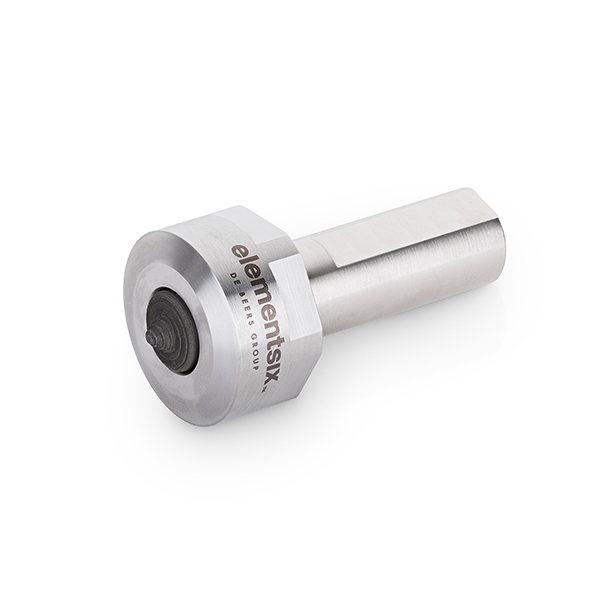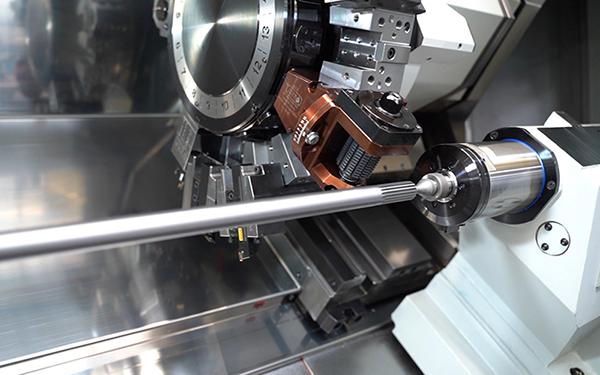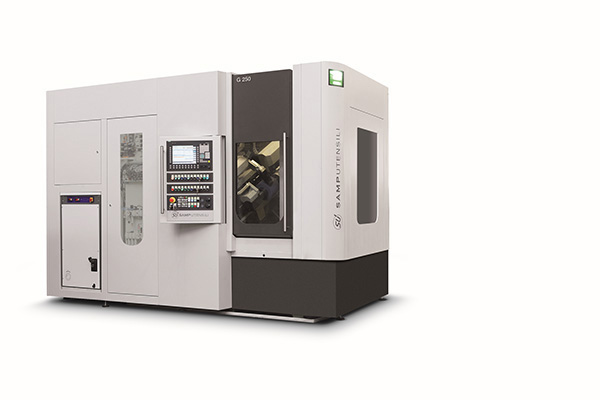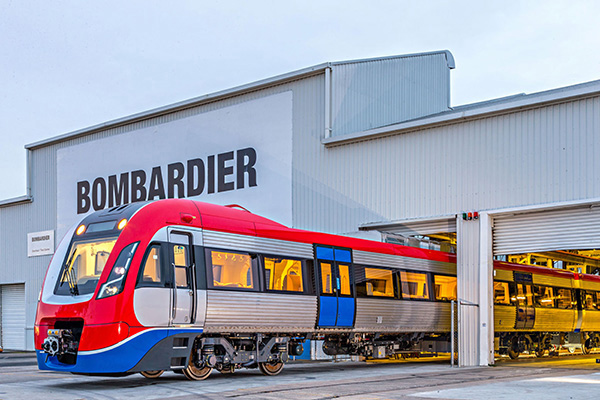
Element Six (E6), part of the De Beers Group, will participate as a tooling solutions provider in an EU research initiative to scale friction stir welding (FSW) for mass adoption in the shipping industry.
RESURGAM (Robotic Survey, Repair and Agile Manufacture) is a programme established to improve the productivity of how shipyards fabricate new, advanced technology vessels and increase their access to specialist repair and maintenance. As part of the initiative, Element Six will develop specialised PCBN FSW tools in a range of sizes for welding steels that are required for various marine applications.
For further information www.e6.com























